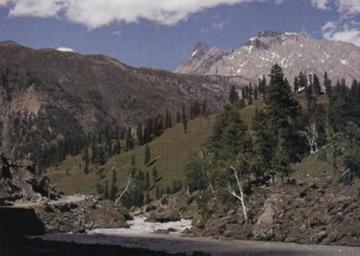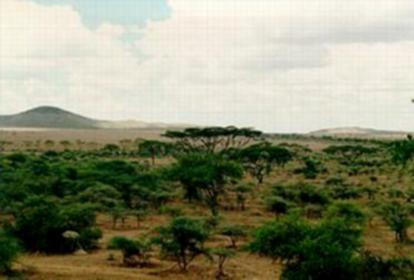My year in biology is fun and exciting. I learned a lot of things like dissecting different kinds of organisms and structures of organisms' body. I am very successful in dissecting the organisms, especially the frog, and also very successful in many of the projects assigned. Unfortunely, I have a feww failures. I failed on getting good test grades, therefore, I need to retake some test once or twice to get an A. The year in biology is awesome and I love the biology fieldtrip.
What did you learn that you will never forget?
I will never forget how the squid squeeze its ink on Diana when she is trying to take the lense out. I learn that experiments can help people understand better than just reading.
I will never forget how the squid squeeze its ink on Diana when she is trying to take the lense out. I learn that experiments can help people understand better than just reading.



























